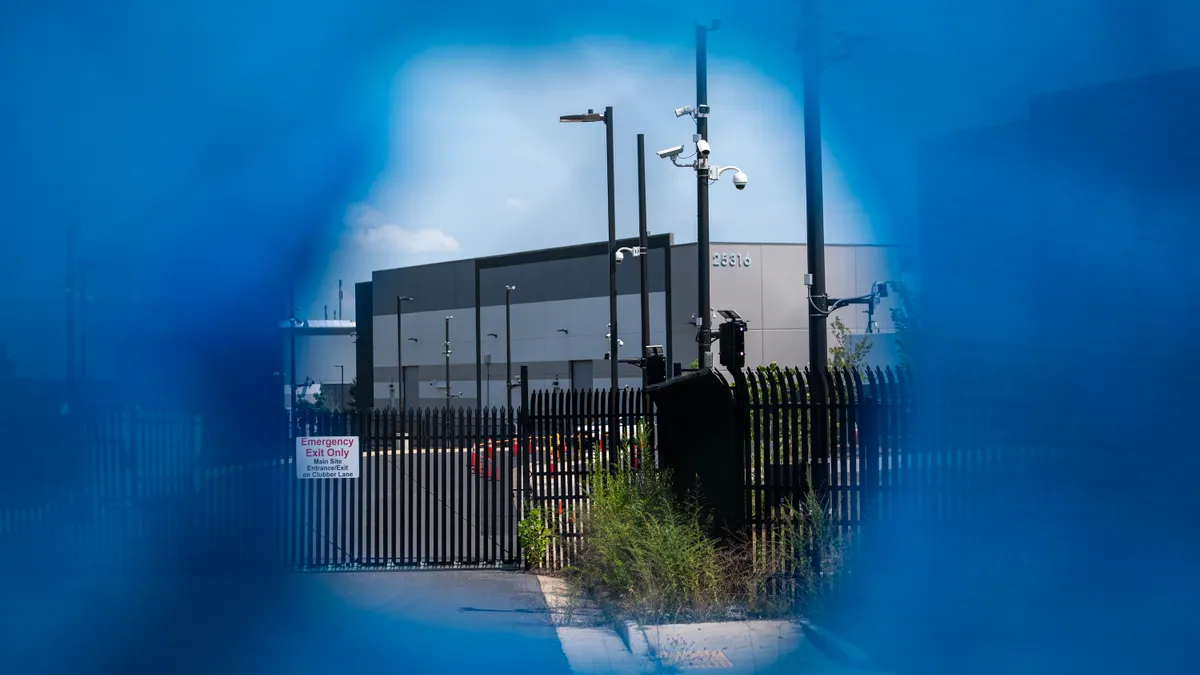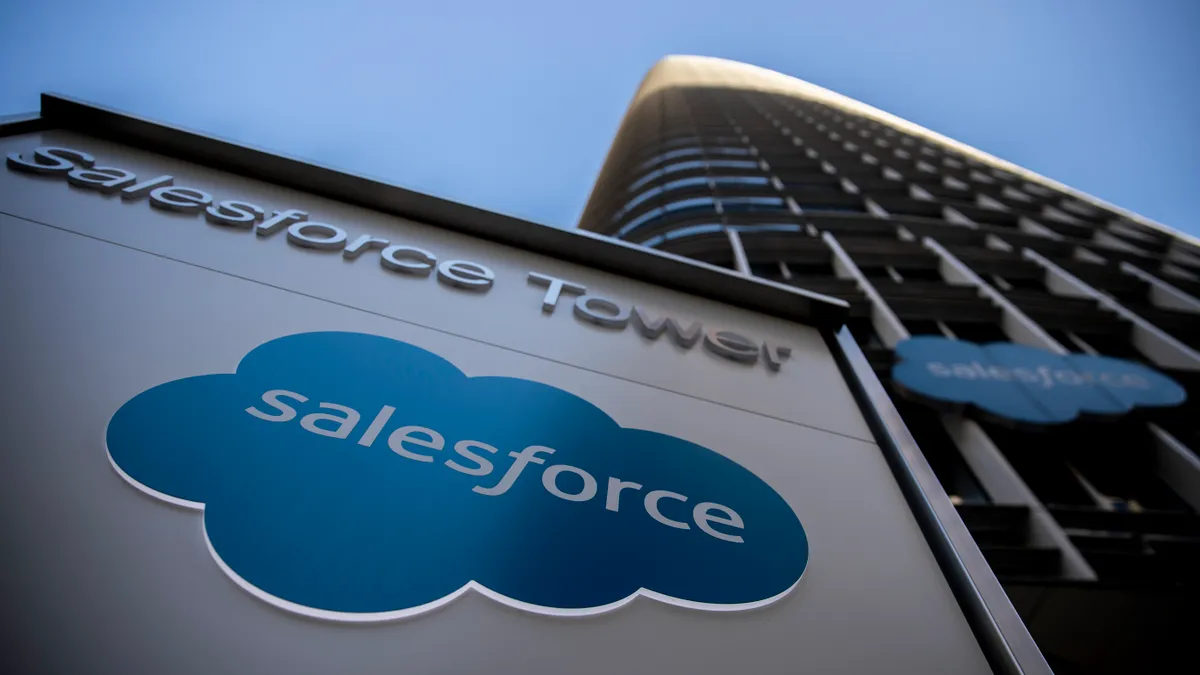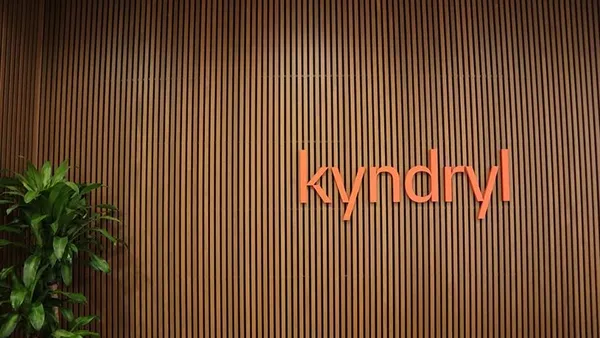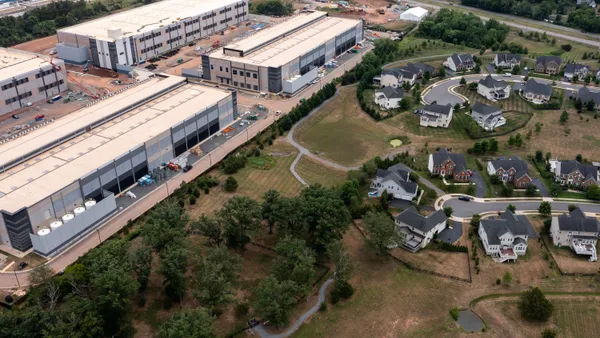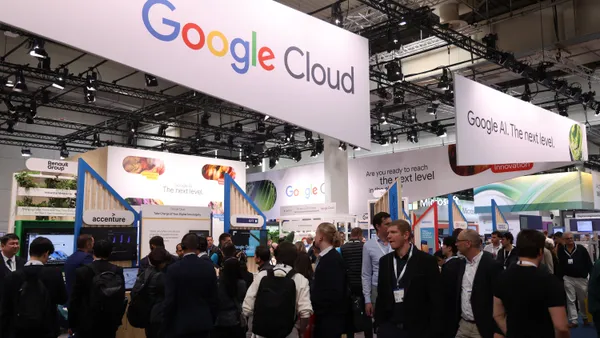Dive Brief:
- Enterprise cloud bills are rising despite a respite in price increases, according to technology expense-management software provider Tangoe. The company analyzed vendor market trends and customer spending habits in a report published last month.
- “While competition among hyperscalers like AWS, Microsoft Azure and Google Cloud has led to some incremental cost reductions — particularly in storage and compute — these decreases are often offset by enterprises increasing their consumption,” Chris Ortbals, chief product officer at Tangoe, said.
- The pause in pricing increases has created an opening for CIOs to lock in lower rates. “Hyperscalers are constantly adjusting pricing models, discount structures and bundled offerings,” Ortbals said. “If an organization signed a three-year agreement in 2022, there’s a good chance that they’re now paying above-market rates for certain services.”
Dive Insight:
Cloud’s pay-as-you-go billing model led many organizations down a costly path as overprovisioning increased costs. But scalability provided IT leaders with levers to dial back consumption and optimize spend.
As strategies matured, CIOs charted a hybrid modernization approach that continues to gain momentum, according to the Tangoe report. Post-migration sticker shock has put cost on par with other critical workload placement factors like scale and security.
“We’re seeing more enterprises repatriate specific workloads to private cloud or on-premises environments to optimize costs, particularly for predictable workloads,” Ortbals said.
AWS and Microsoft, the two largest hyperscaler by market share, said their public cloud offerings faced on-prem competition in separate filings with the U.K’s Competition and Markets Authority last year.
The shift to a more balanced hybrid cloud strategy can give customers a stronger hand in hyperscaler negotiations. Enterprises that demonstrate they have viable alternatives to public cloud can push for better rates, reserved instance discounts and more flexible contract terms, Ortbals said.
Hyperscaler services nevertheless remain a center of gravity for enterprise IT.
Global spending on cloud increased $60 billion year over year to more than $330 billion in 2024, according to Synergy Research Group. Public cloud infrastructure and platform services accounted for the bulk of the boost, the firm found.
Generative AI has been a major source of hyperscaler growth in the last two years, SRG said. LLM technologies are also driving up the cost of specific cloud services, as the big three cloud providers pour billions into infrastructure upgrades to power AI workloads.
“Specialized services, such as AI and high-performance computing, continue to carry premium pricing,” Ortbals said. “Cloud and SaaS pricing may be coming down, but more usage may raise related expenses overall.”



